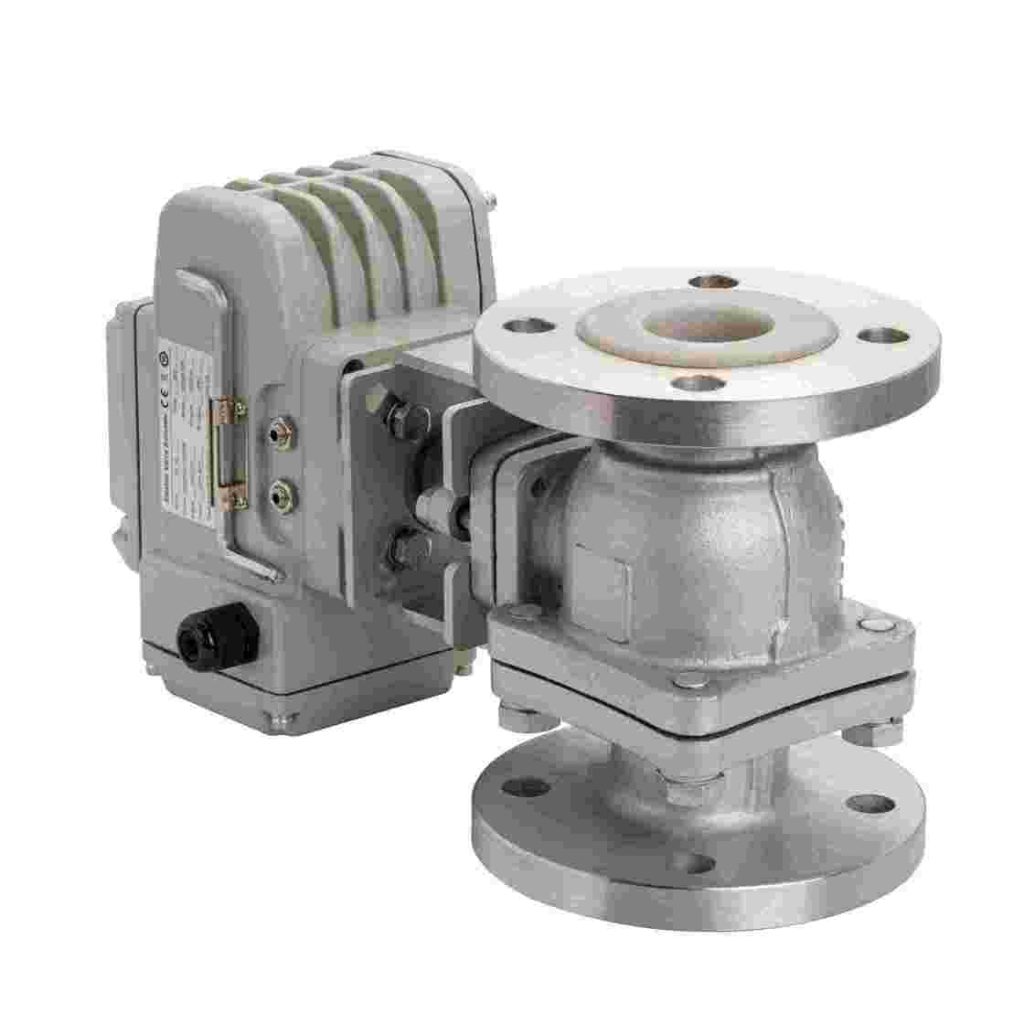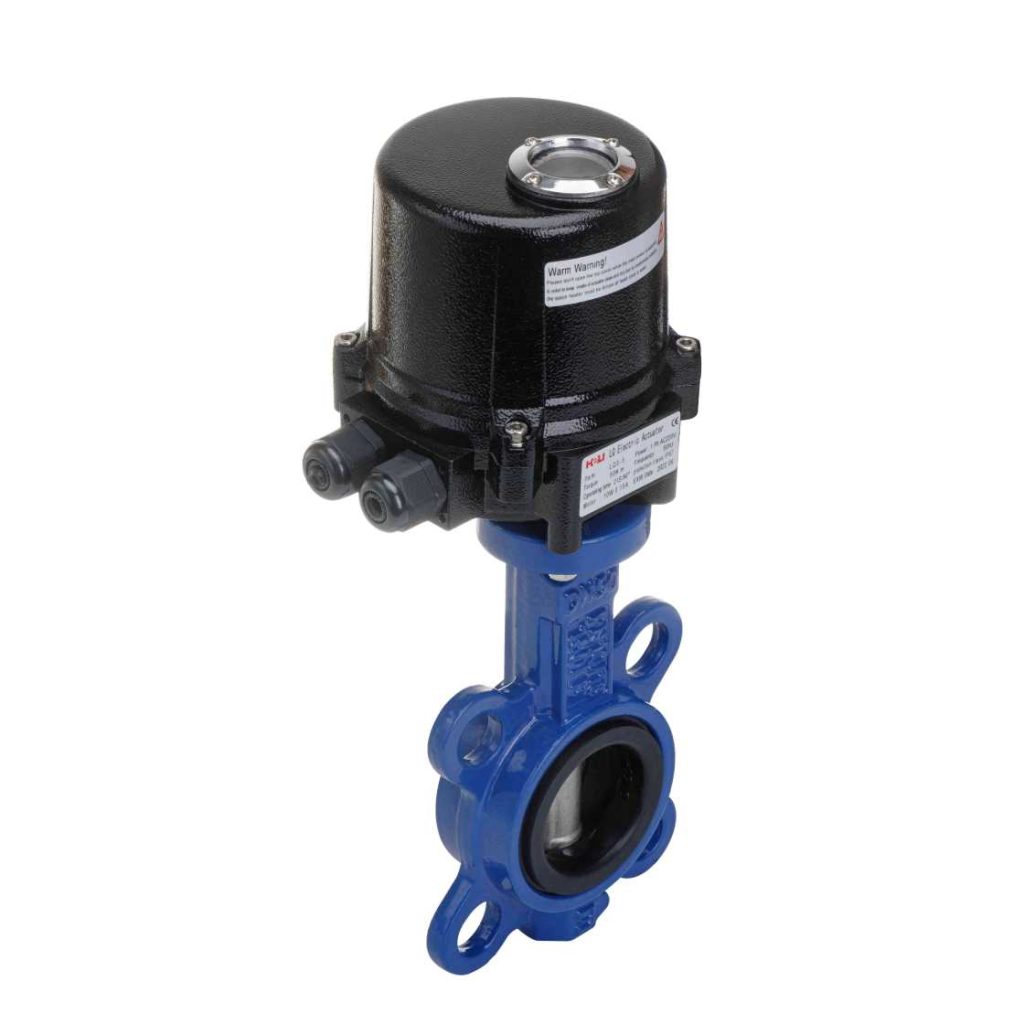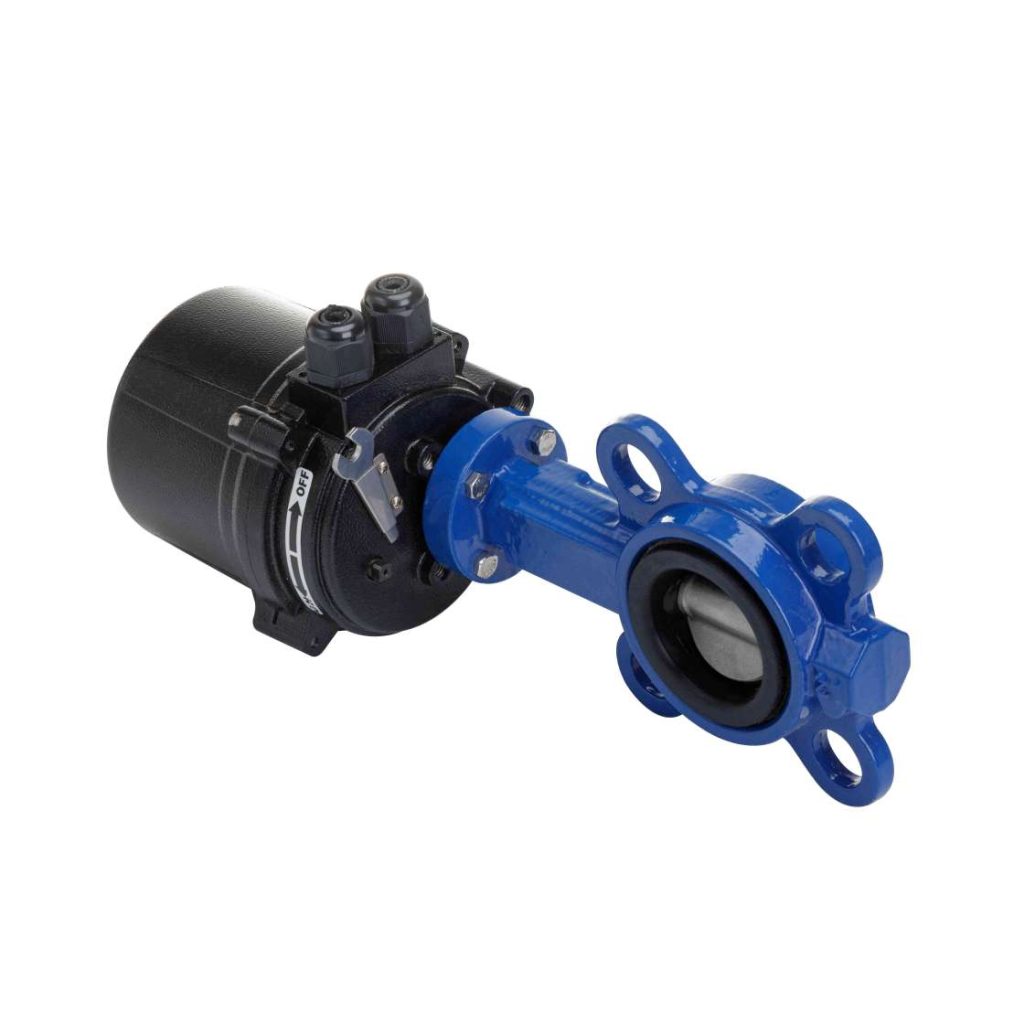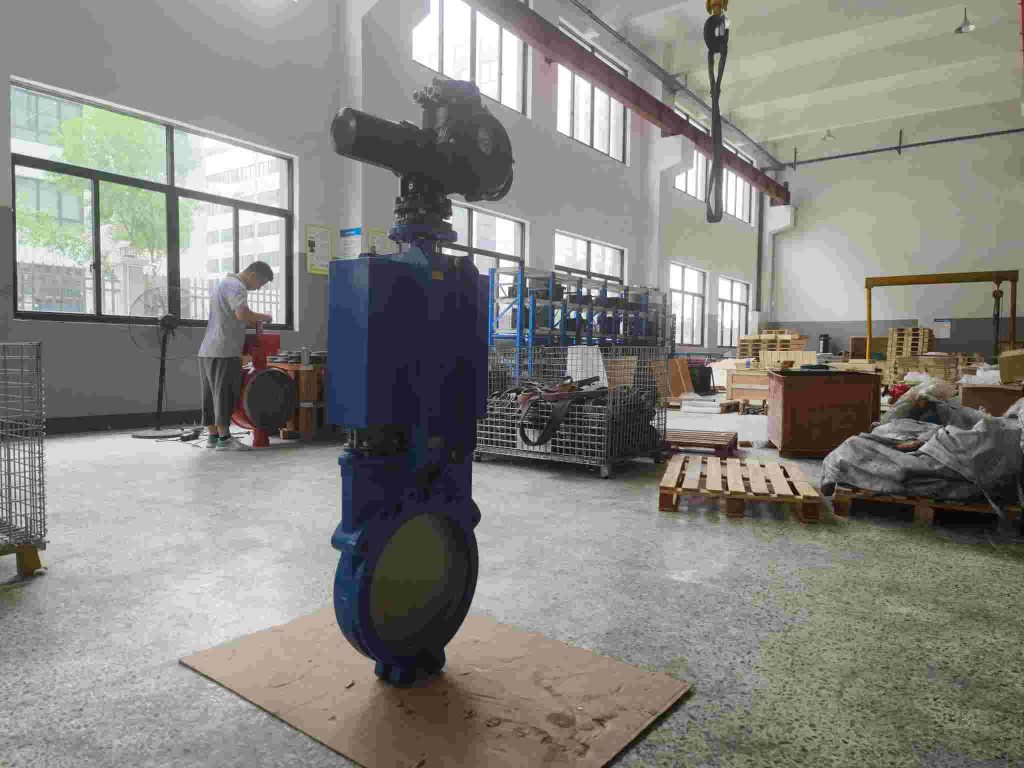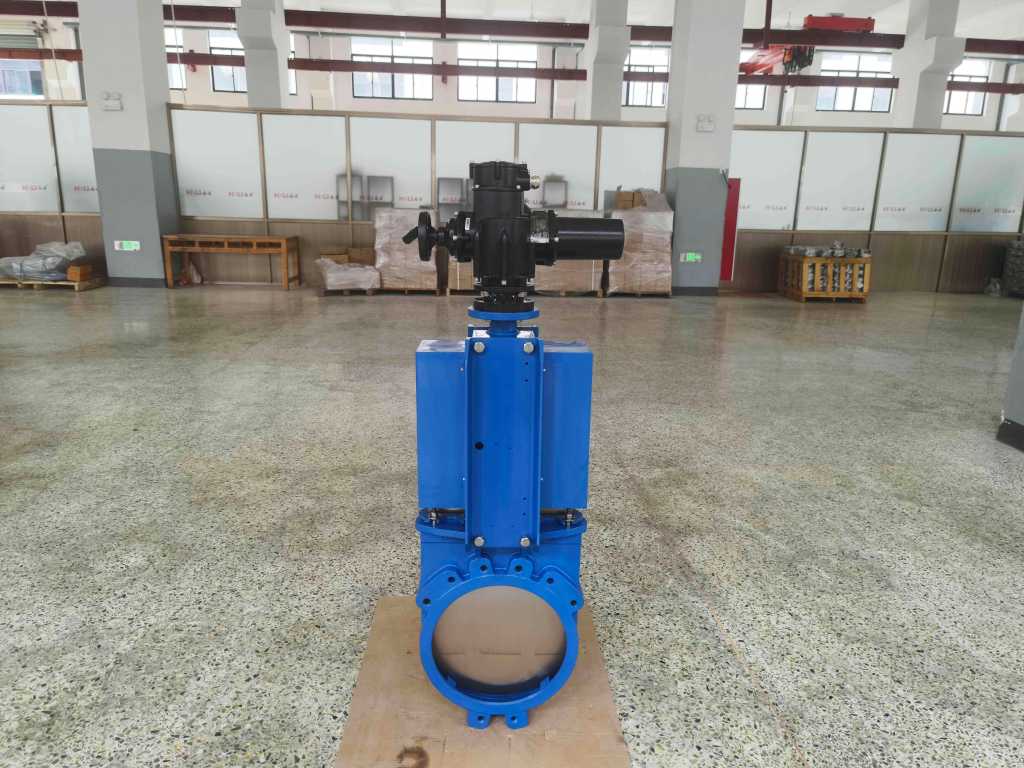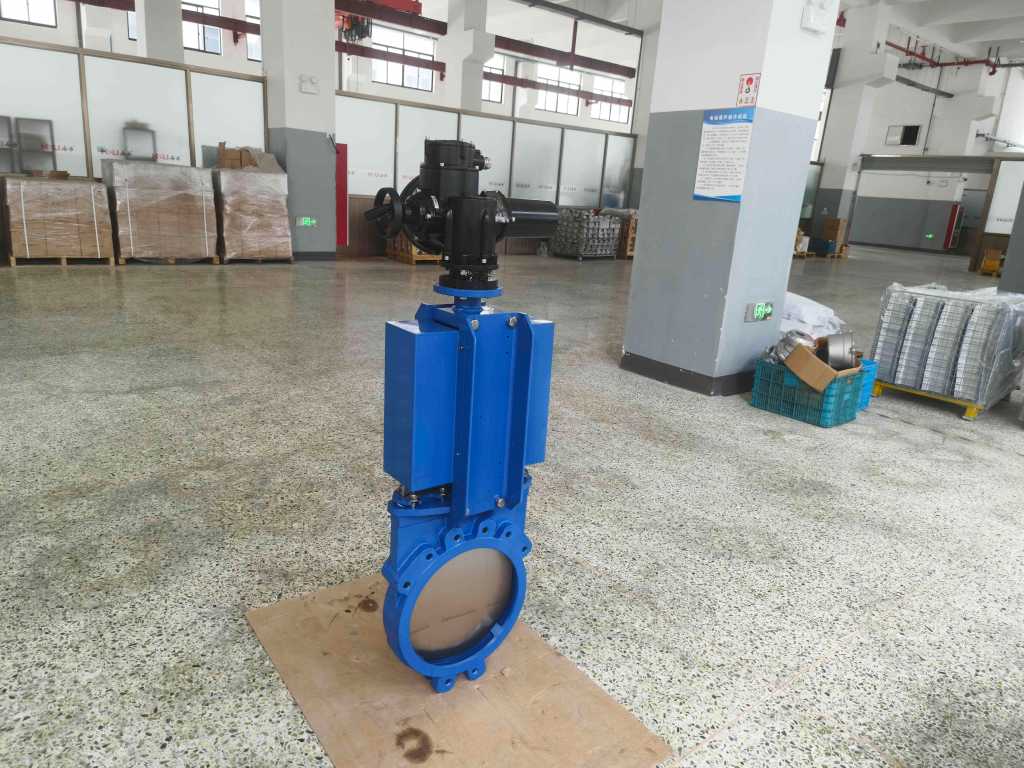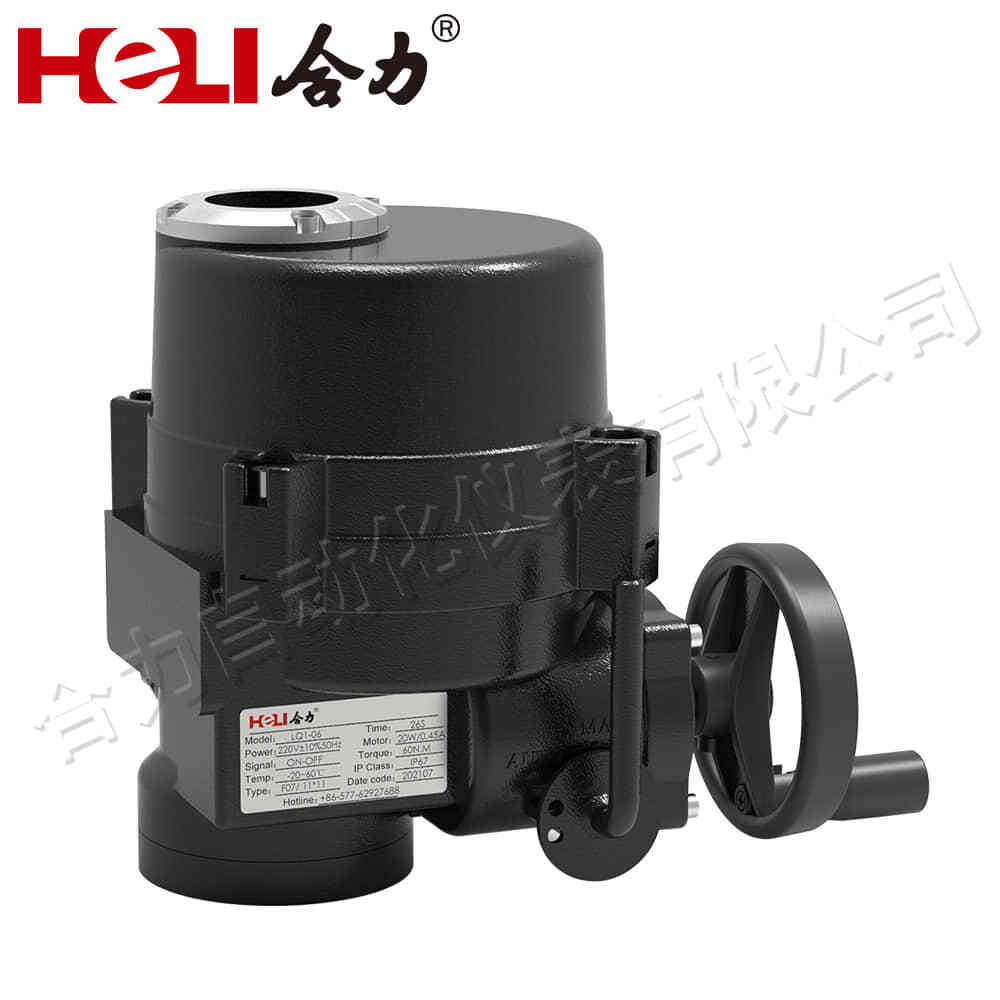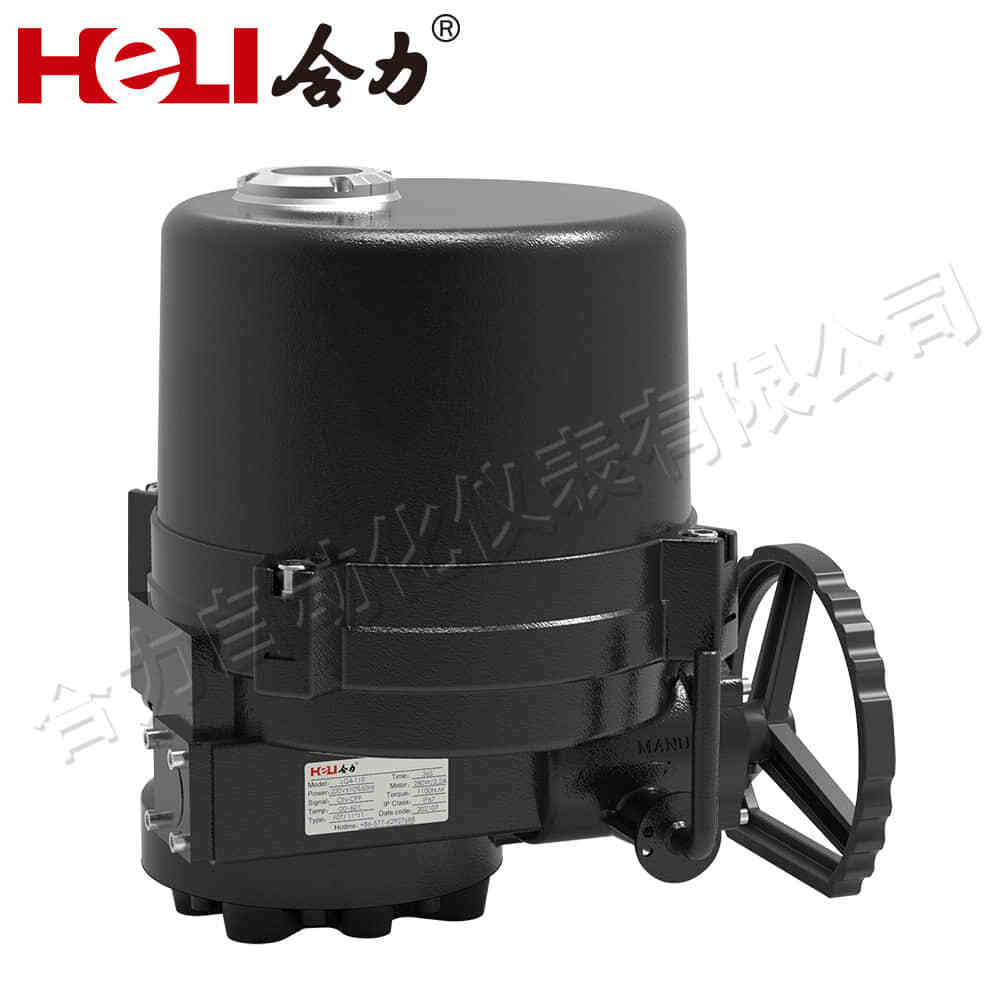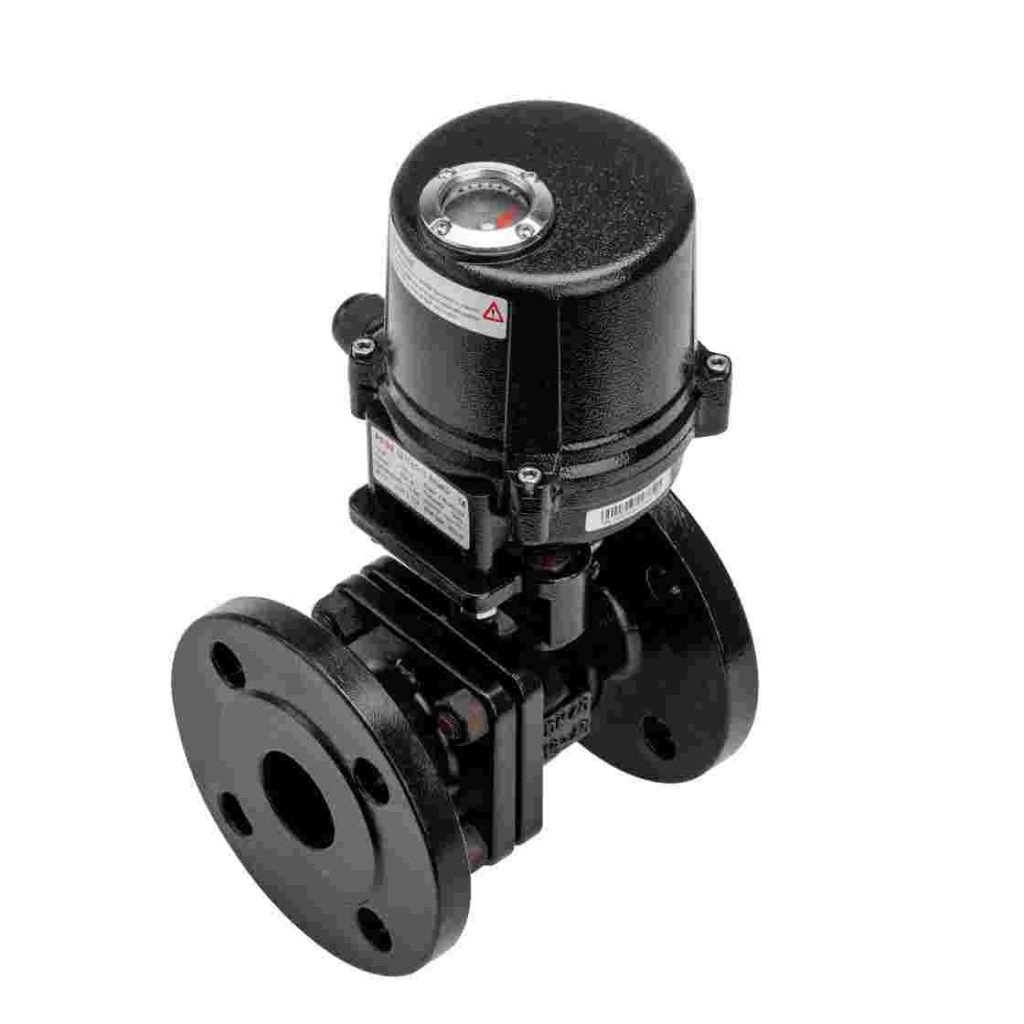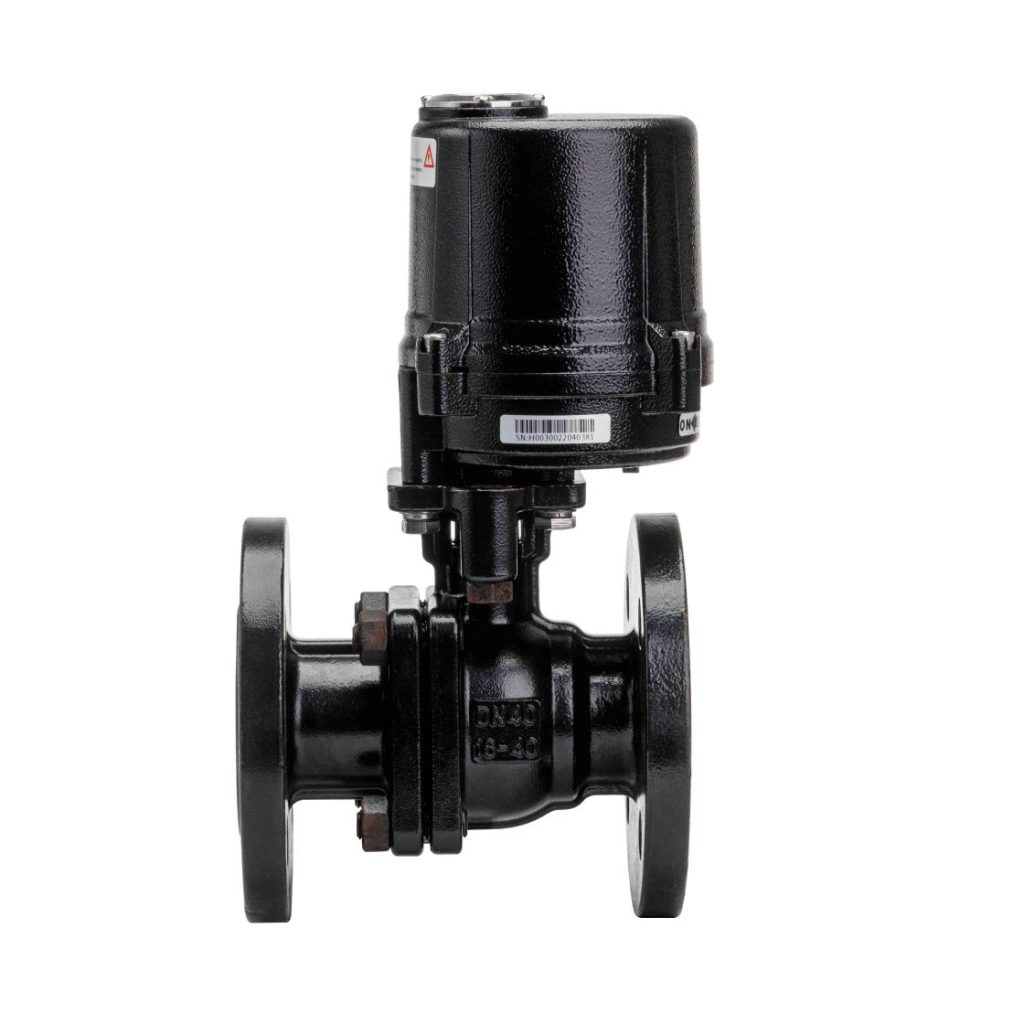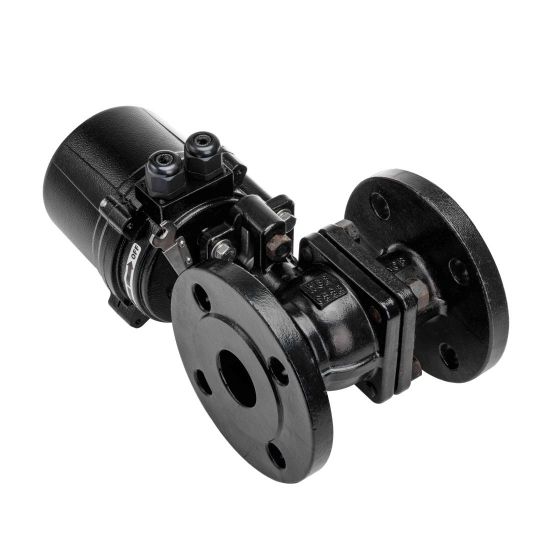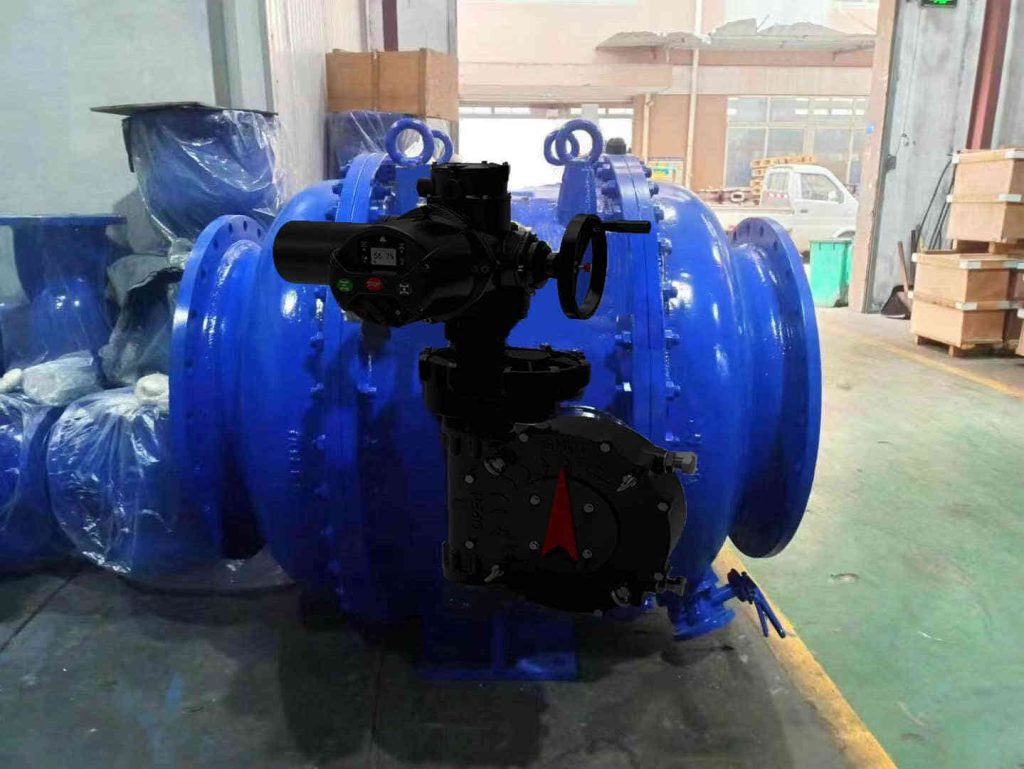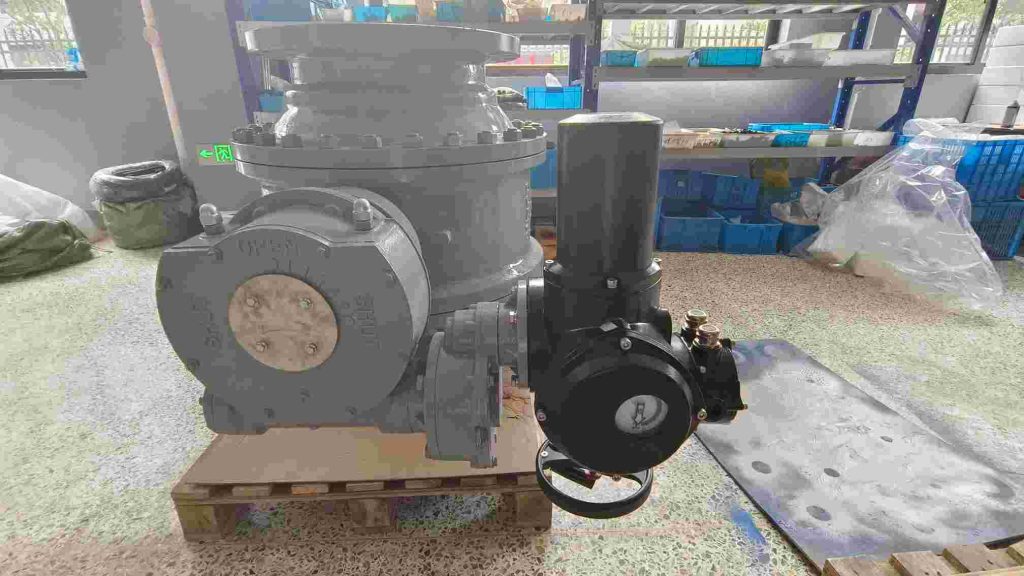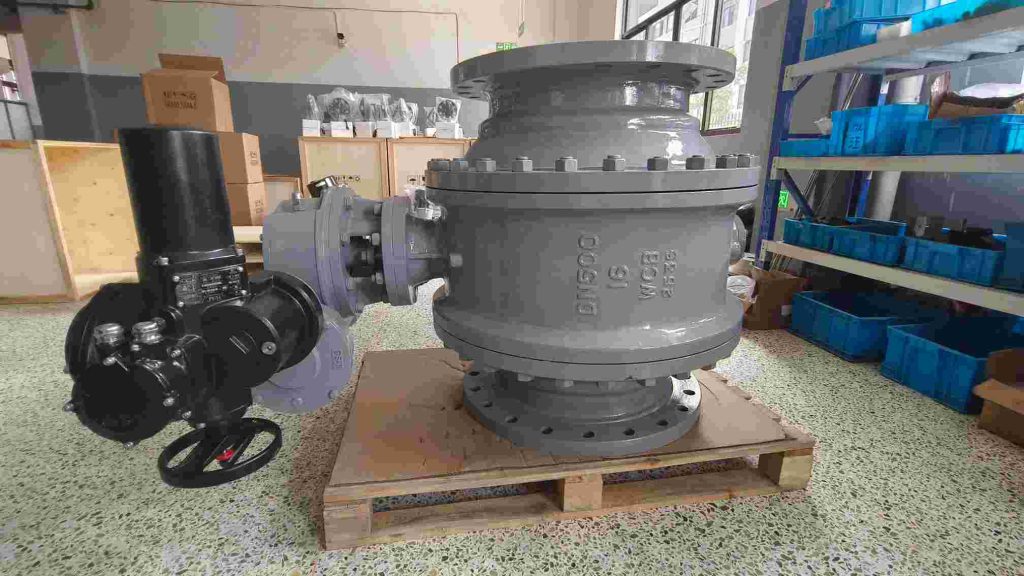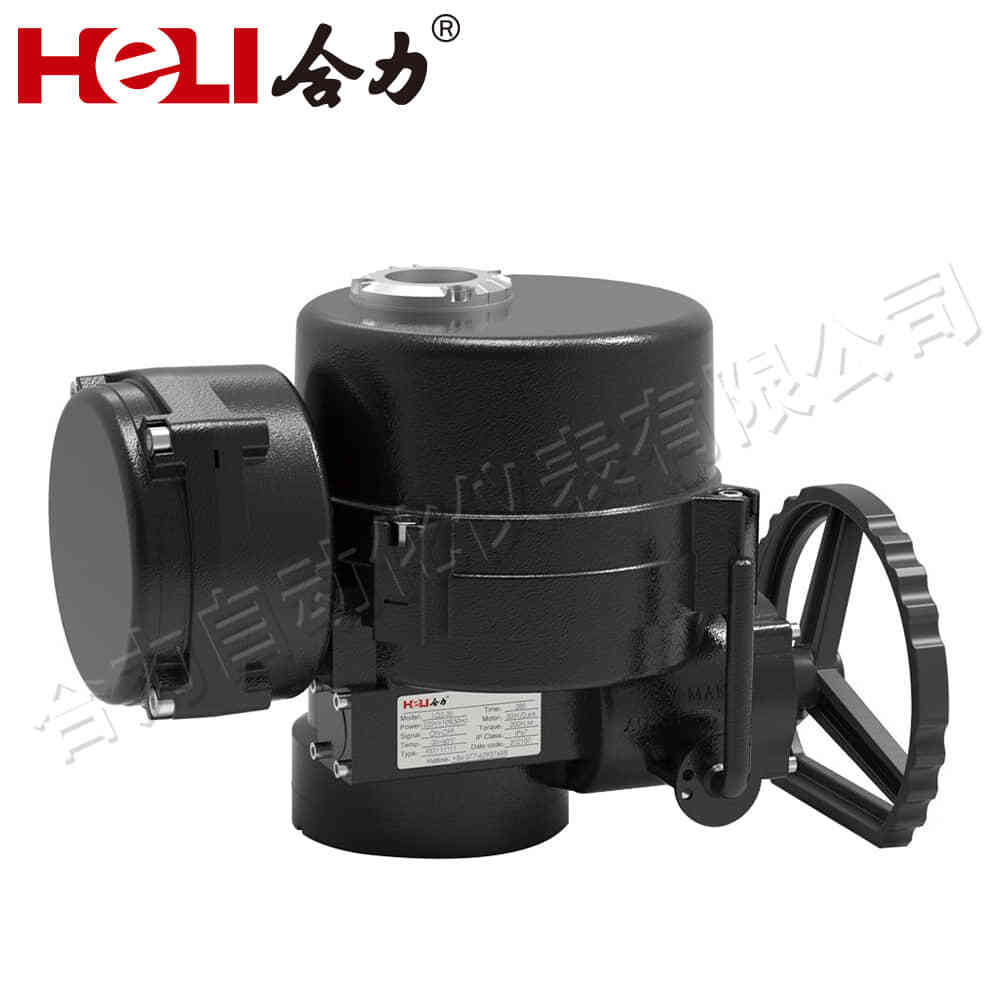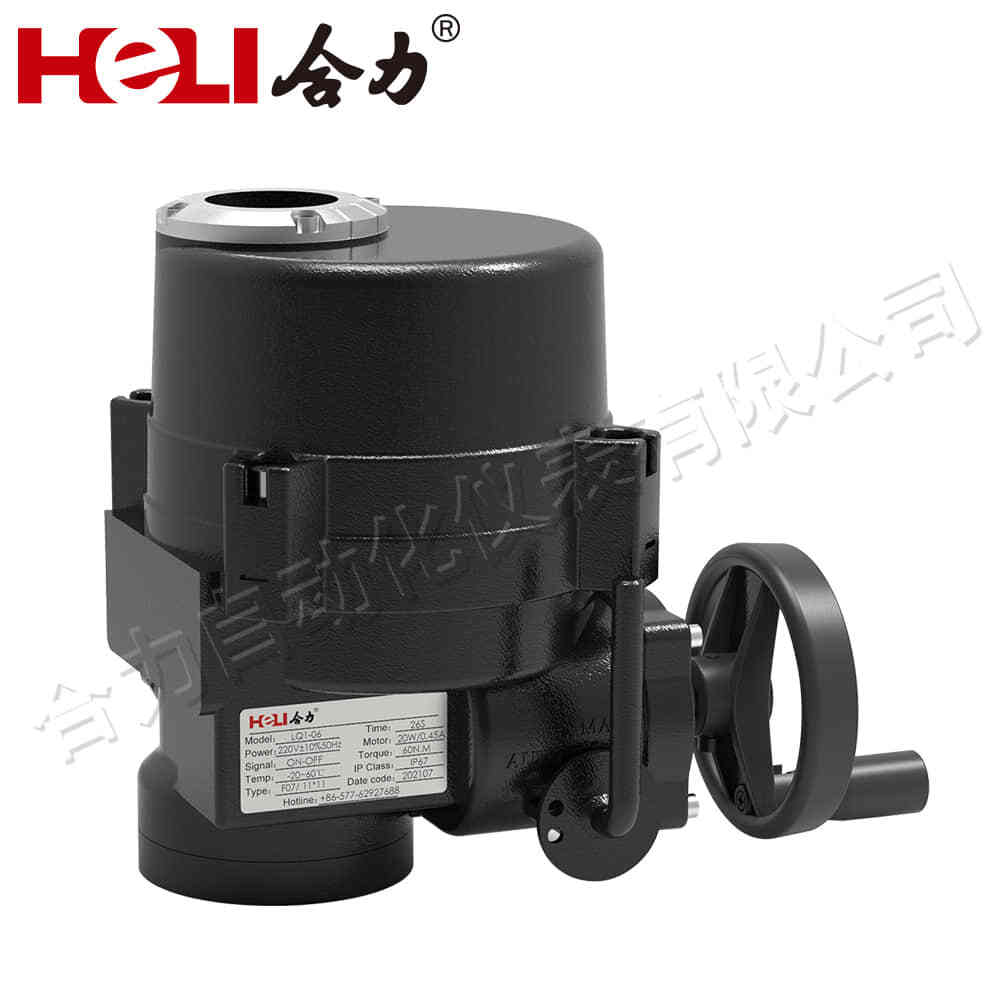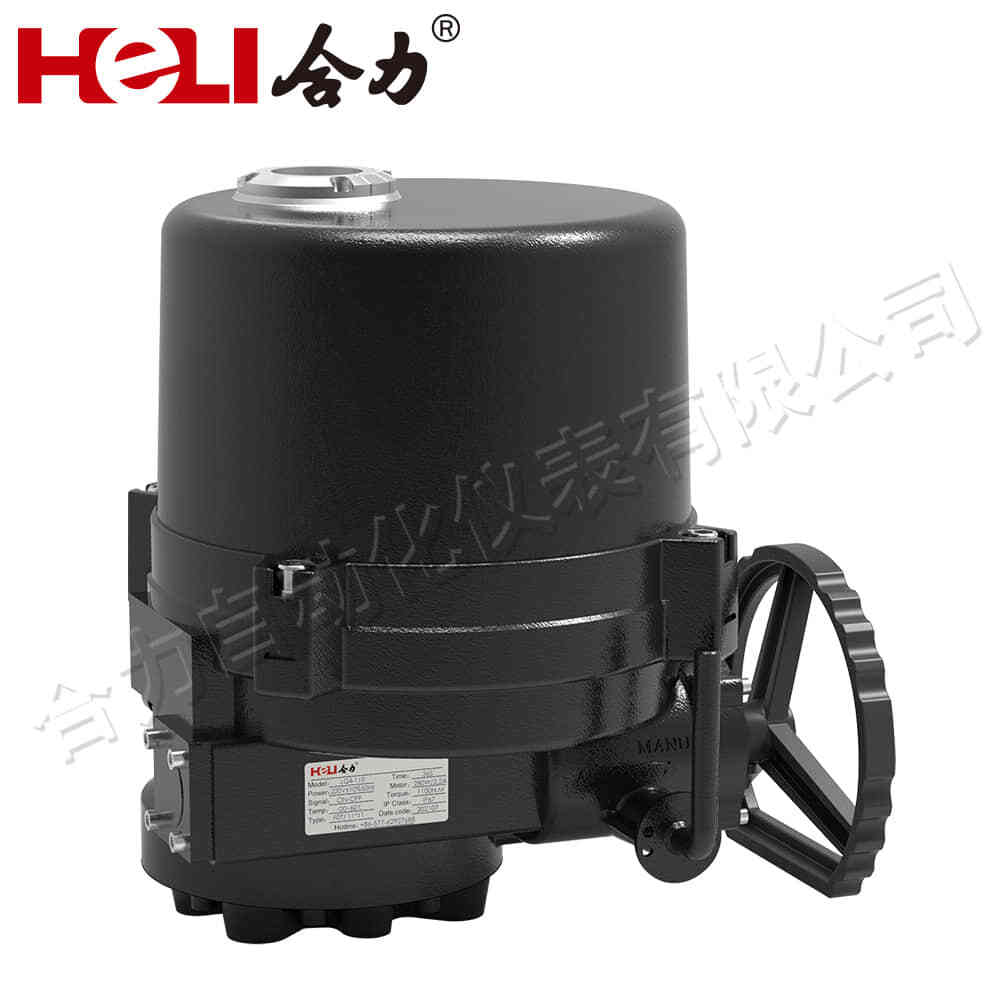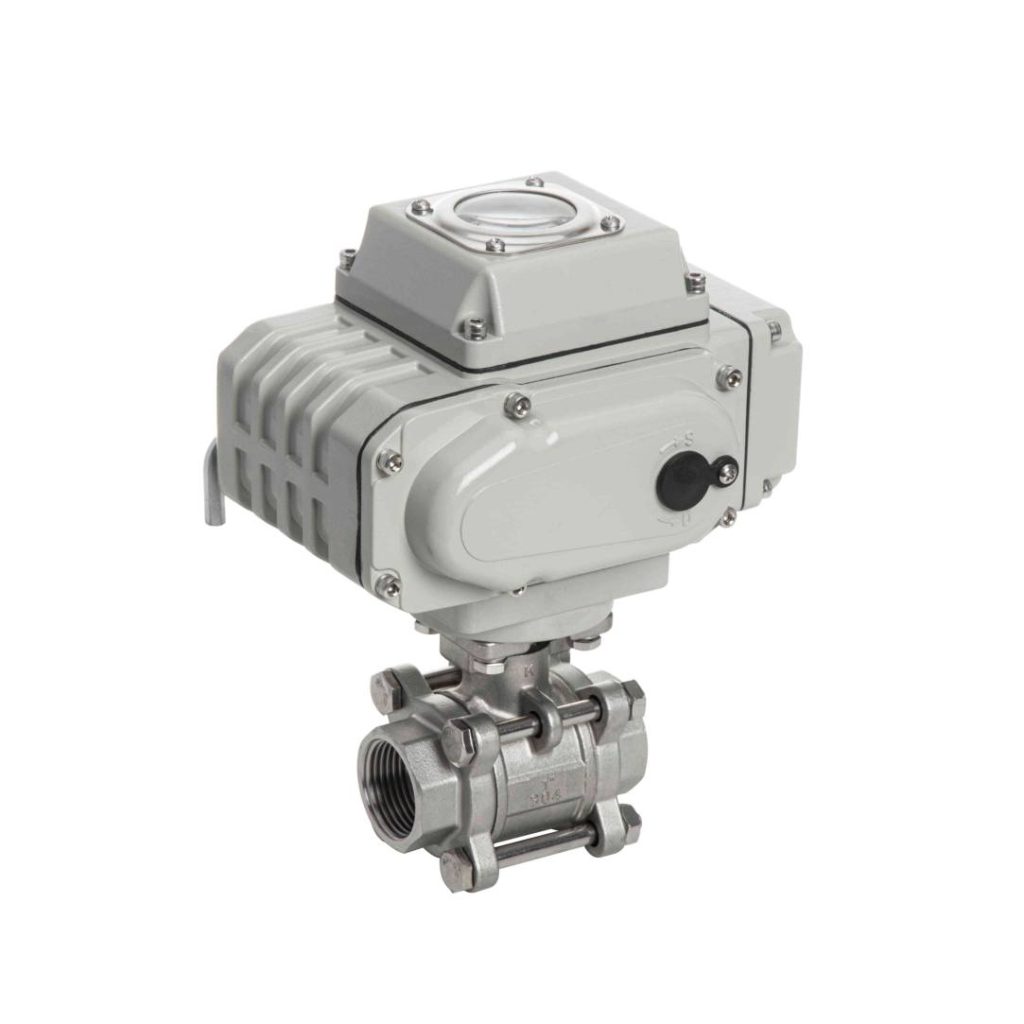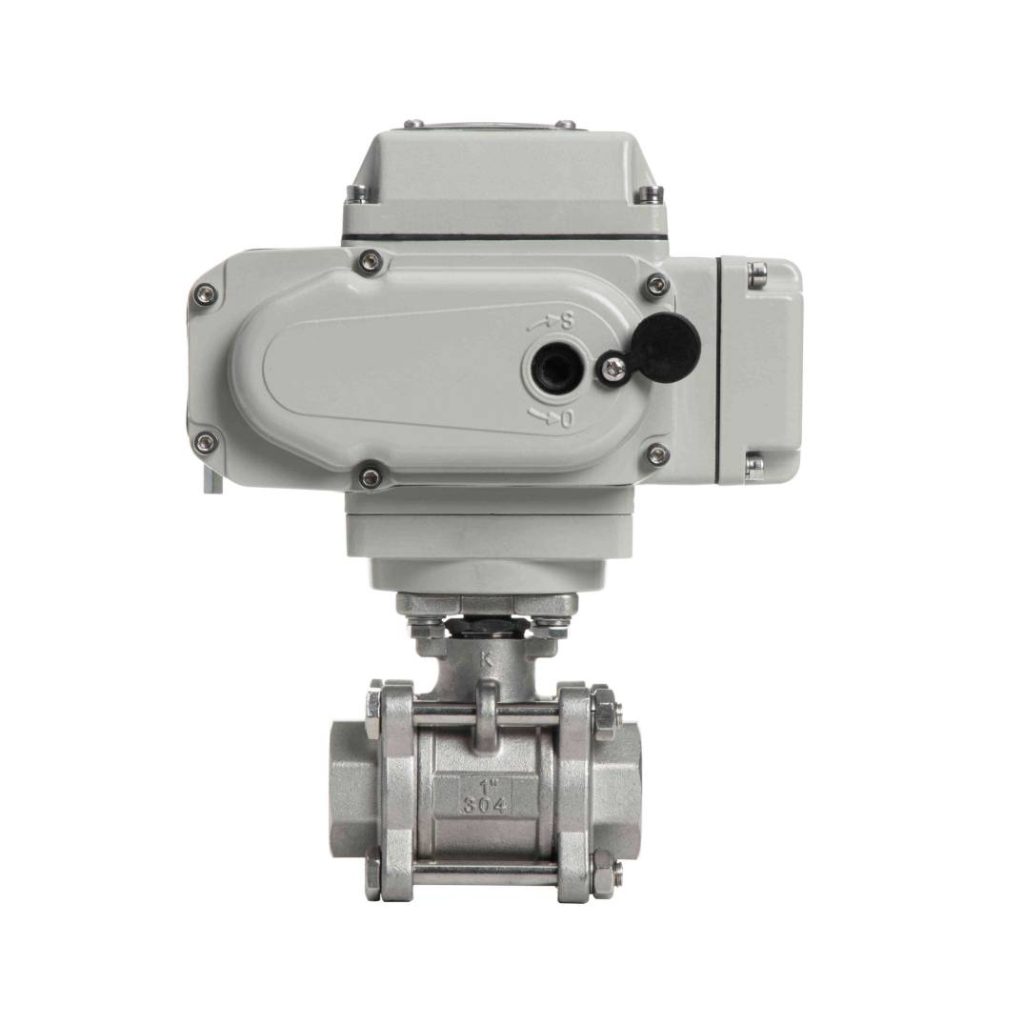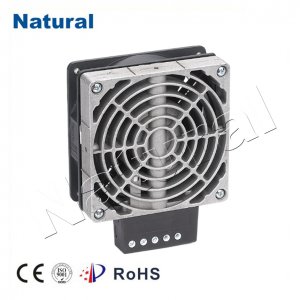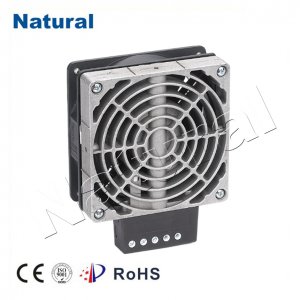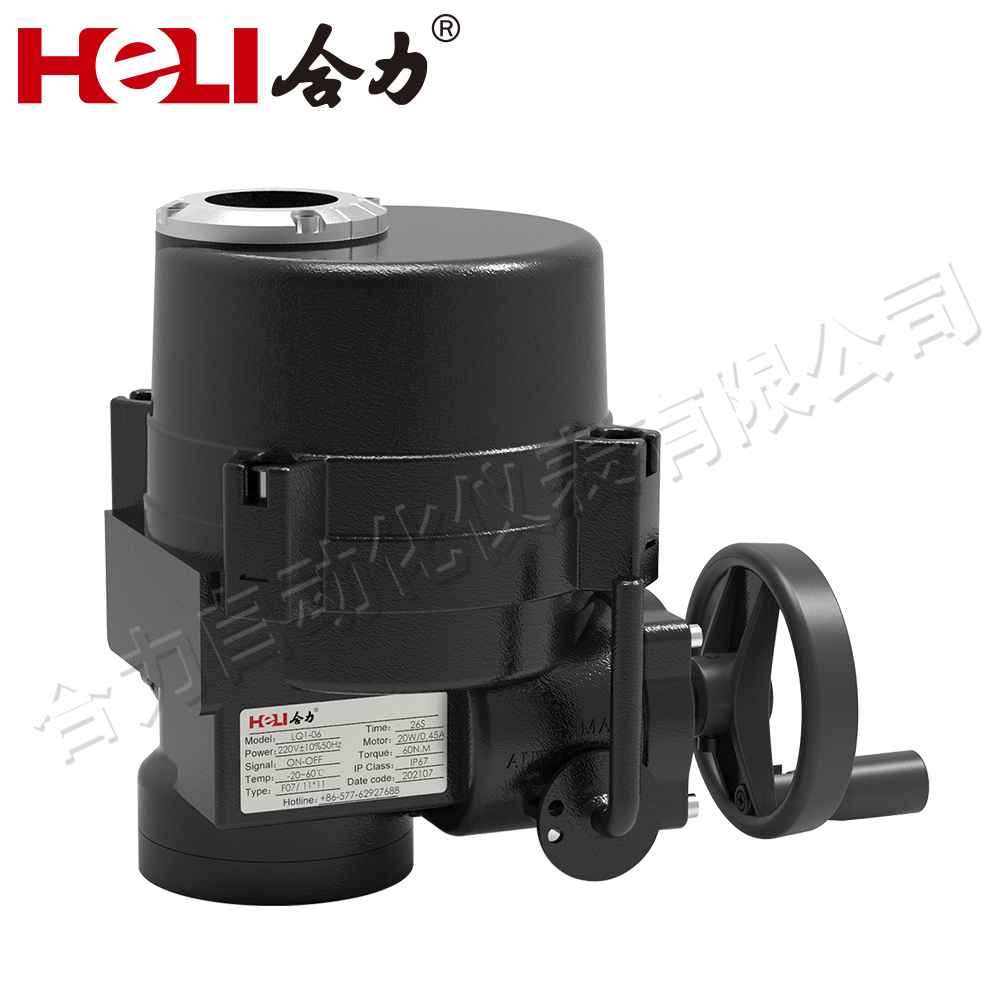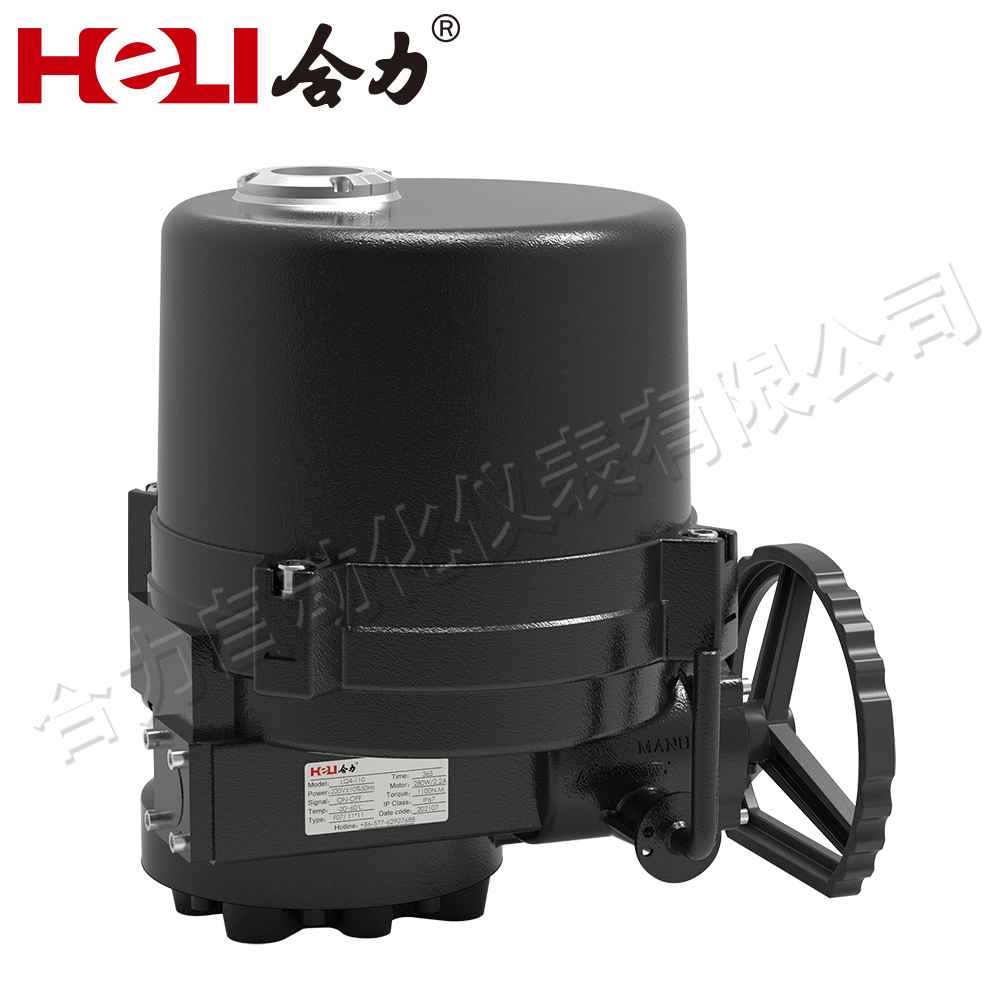Electric flange ball valves play a vital role in industrial fluid control systems, offering significant advantages in terms of automation, efficiency, and precision. These valves combine the traditional reliability of ball valve design with the power of electric actuation, making them suitable for a wide range of applications in industries such as oil and gas, chemical processing, water treatment, and HVAC systems. In this article, we will explore the features, advantages, and applications of electric flange ball valves, as well as how they contribute to improving system performance and safety.
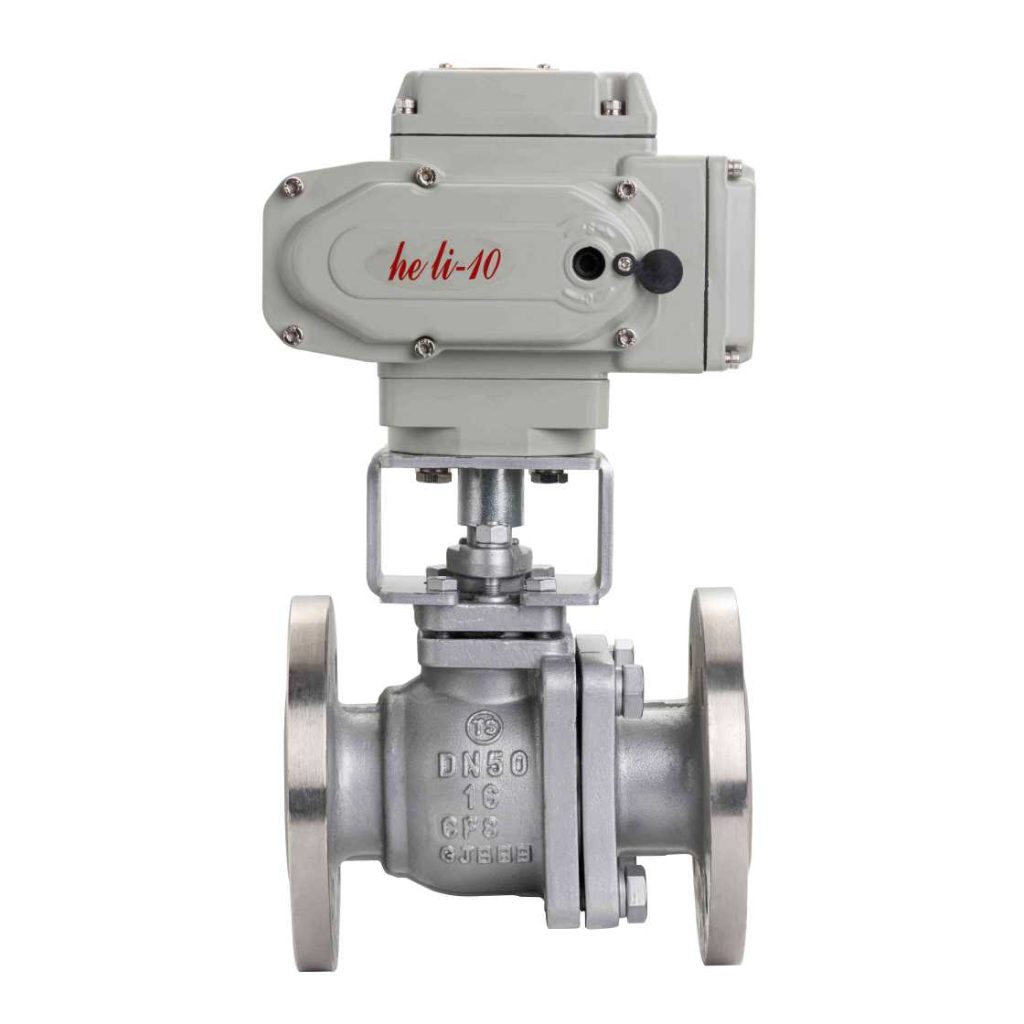
What is an Electric Flange Ball Valve?
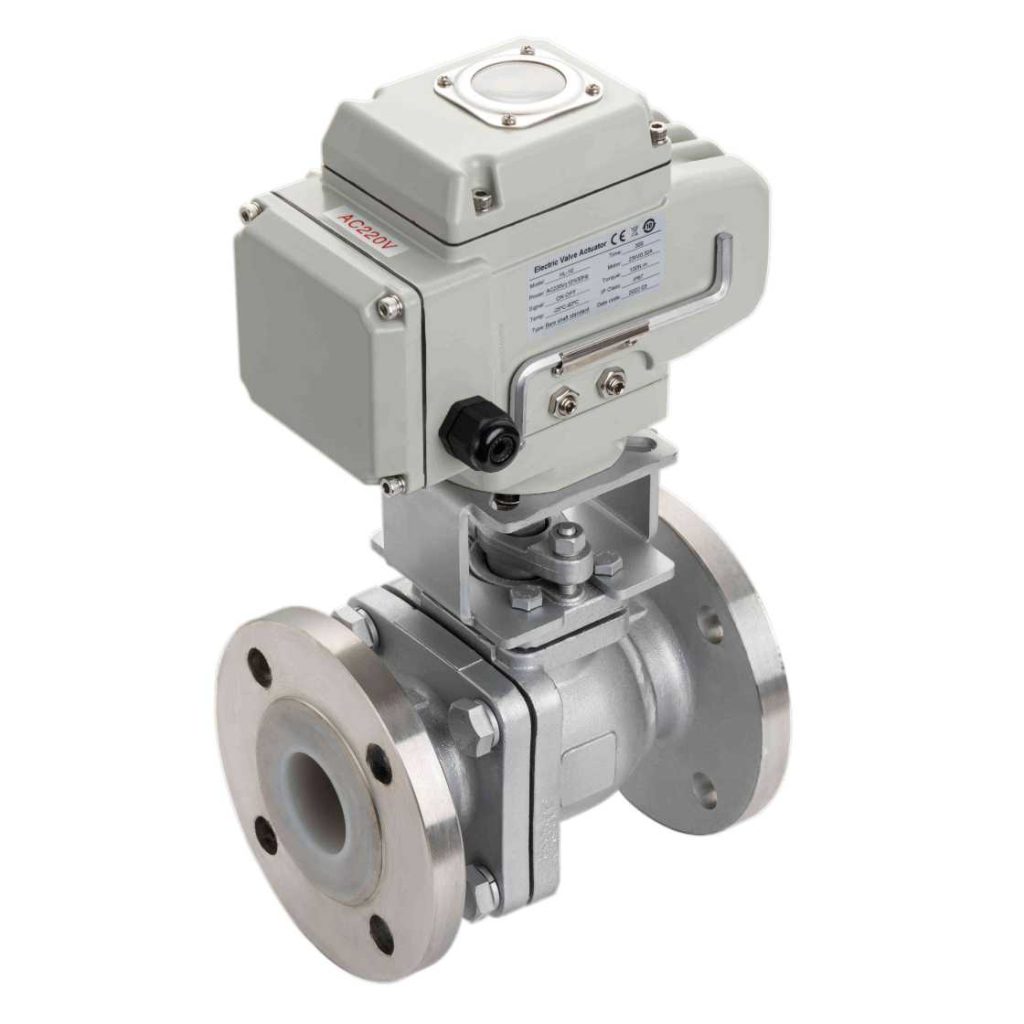
An electric flange ball valve is a type of valve that uses an electric actuator to operate a ball valve. The ball inside the valve has a hole or port through the center, which controls the flow of the fluid when the valve is in the open or closed position. The valve is called a “flange” ball valve because it is designed with flanged ends that allow it to be securely bolted to pipelines. The electric actuator that powers the valve can be either a direct current (DC) or alternating current (AC) motor, and it receives signals from a control system, which determines whether the valve should be fully open, fully closed, or anywhere in between. The integration of an electric actuator allows for precise and remote control of fluid flow, making the valve suitable for automated systems where human intervention is minimal.
